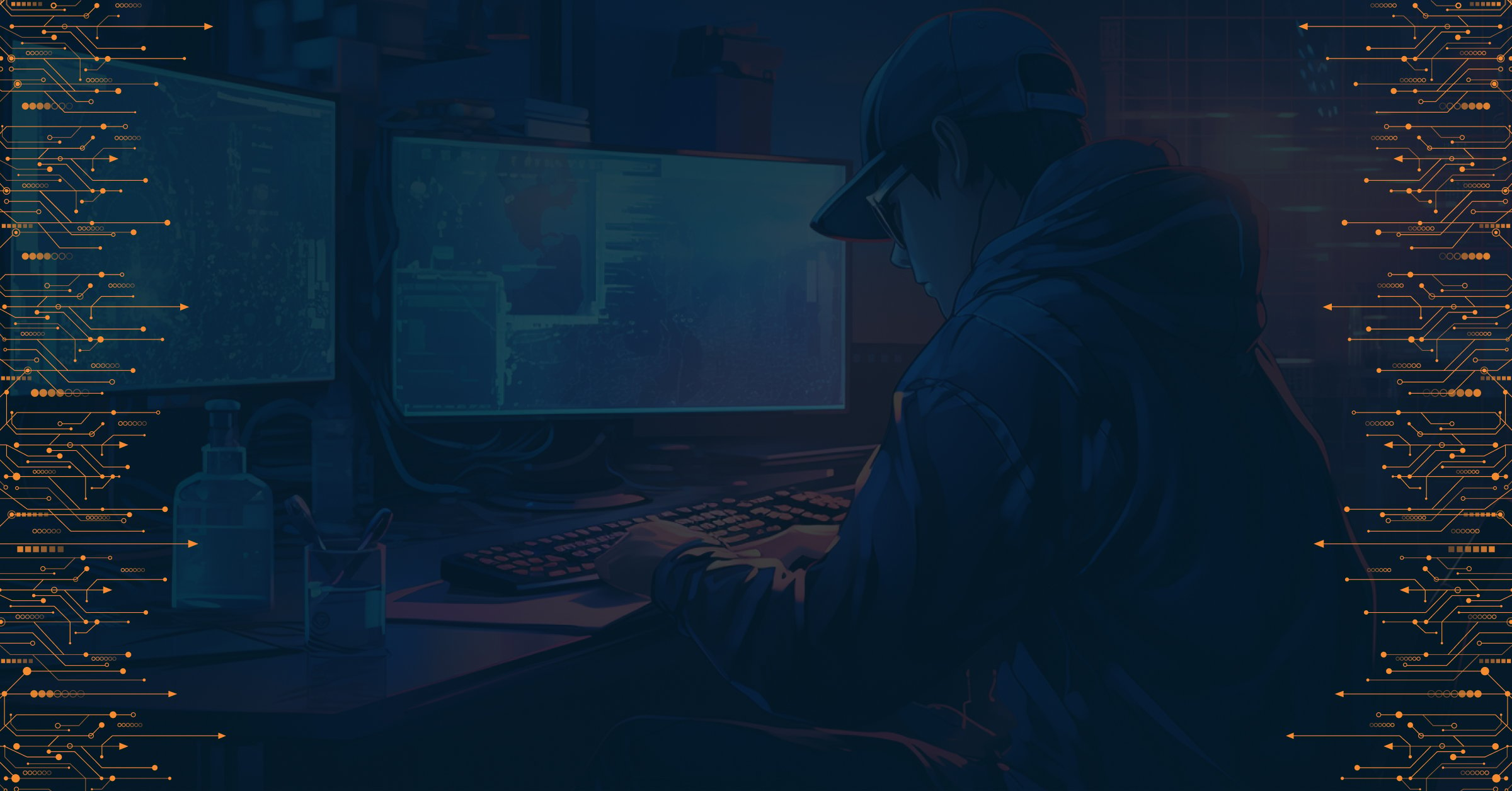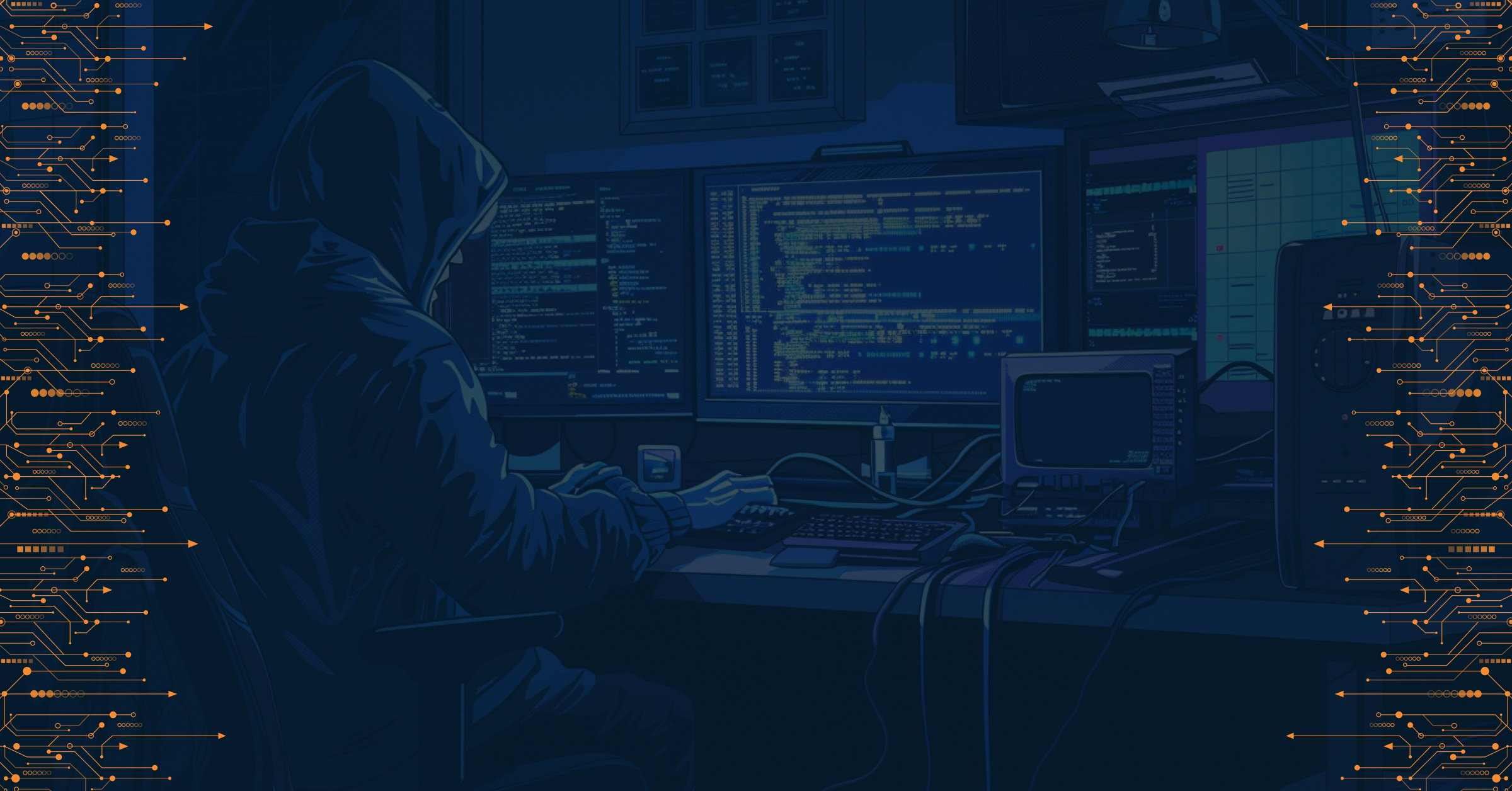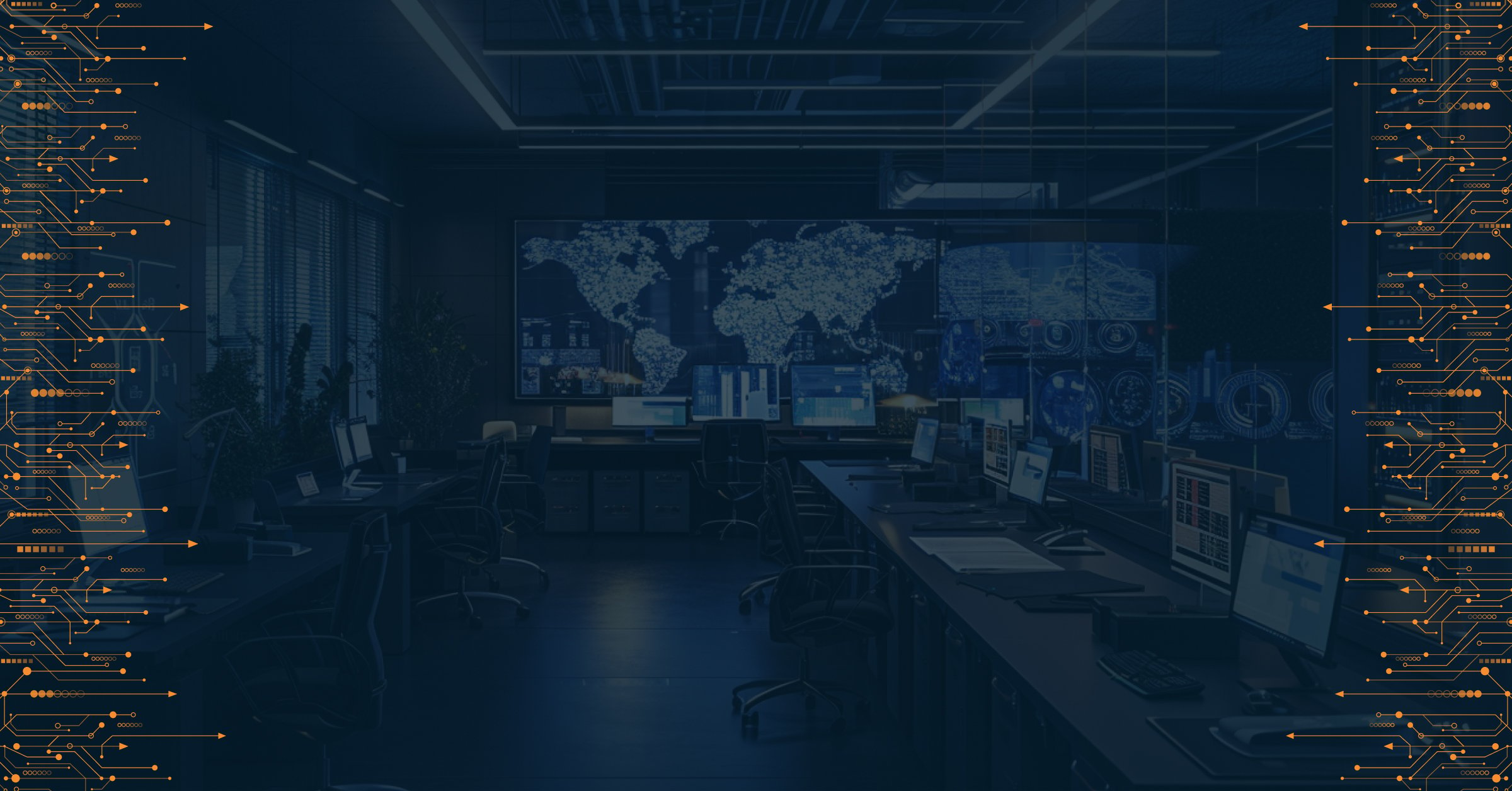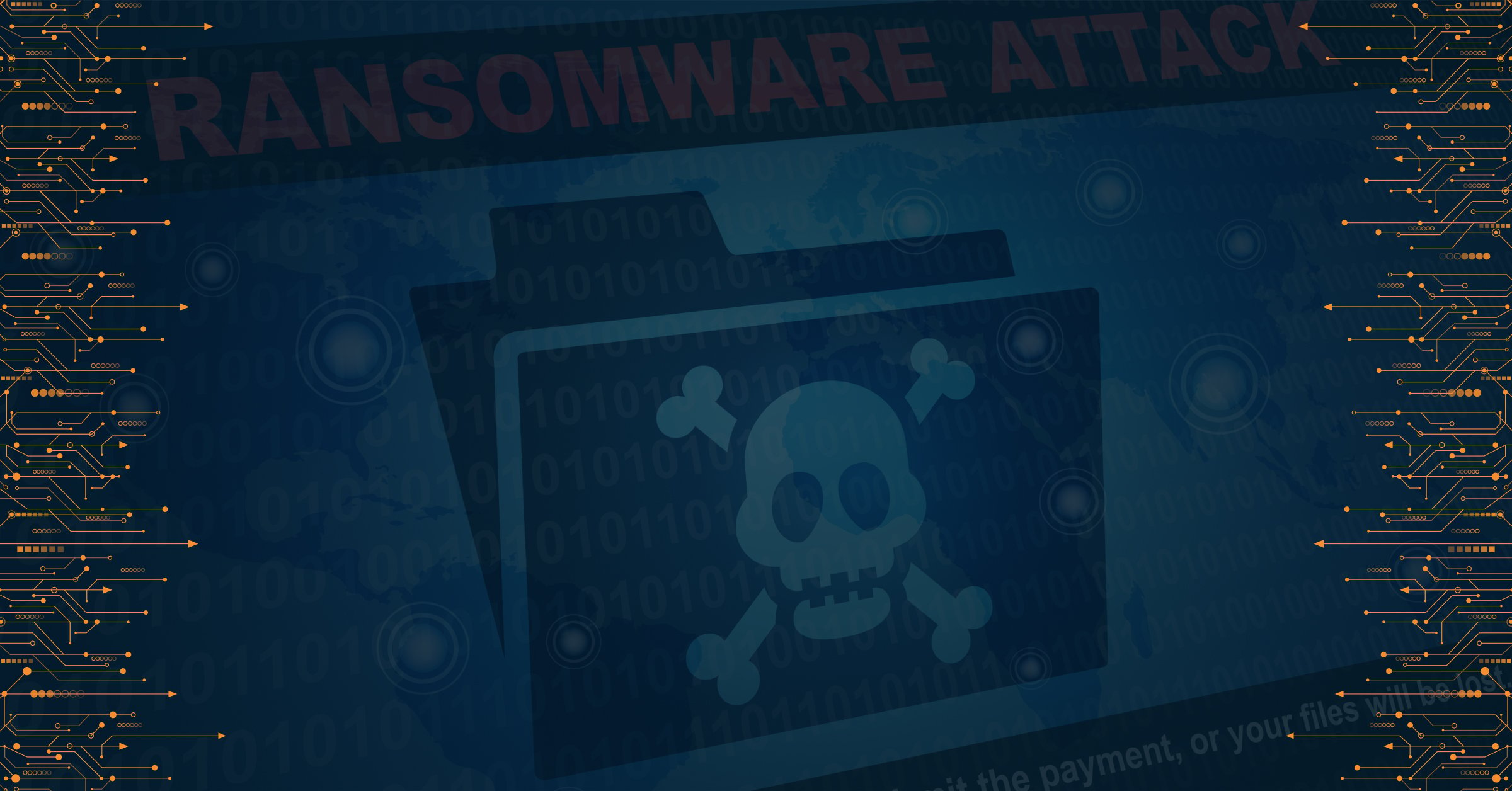We’re standing in 2024 at this moment, and yet, one of the scariest parts of running a business today is ensuring your operations are 100% secure against any kind of cyberattack or compromise. And if you think that it’s only your business that’s struggling to stay on your toes from hackers, then Microsoft says that a whopping 80% of nation-state attackers target businesses.
So, where does your business stand when it comes to protecting it from malicious activity and cybercriminals? Are you protected in every aspect of your business? This guide will help you keep up with all that is new in the cybersecurity landscape as of 2024. Let’s dive in!
Important Things About Cybersecurity for Your Business
Knowledge About Cybersecurity
How can you defeat something you have no idea about? Cybersecurity is a field that you need to learn about as much as you can, especially if you’re running a business. And not just you or the stakeholders, every single employee of your organization should be aware of the new updates happening in 2024 so they know the general practices when it comes to digital presence. Additionally, if your business resides in the European Union, soon you'll have to comply with the NIS2 Directive, meaning a lack of knowledge about your security can cost you a massive fine.
As an initial step, you could try investing in a training program with a collaboration from a cybersecurity company. The objective of this program is to develop skills related to the protection of your online presence among the people involved in your business. These training programs will help your workforce learn more and more about how to keep themselves protected online.
Cybersecurity According to Your Business
You must develop cybersecurity strategies that play to the strengths of your business. Generally speaking, a business with any kind of online presence is exposed to similar kinds of threats. These include malware, phishing attacks, crypto-jacking attacks, denial of service attacks, or other social engineering techniques. One thing exclusive to your business can be the online objectives. You can pay extra attention to these objectives and plan cybersecurity strategies accordingly.
For instance, if there is a lot of email activity in your business, you can consider utilizing the Microsoft authentication system to make sure the email system is more secure. If you are a public institution or critical infrastructure that handles a lot of sensitive data, you should consider a full-scale threat intelligence platform. The cybersecurity measures you adopt will depend on the type of work your business deals with, whether it’s extensive coding or providing software as a service.
Responding Actively
If you have been compromised by a cybersecurity breach or if you are informed about a potential compromise coming your way, make sure to respond most appropriately. This is why cybersecurity companies exist. There are certain functions that you cannot comprehend on your own. It is up to these cyber intelligence teams to respond to and mitigate the existing cyber threats before they can compromise you.
These cybersecurity specialists can also manage to put in perspective your current business objectives and the potential cyber threats. More importantly, these cybersecurity companies have pre-designed solutions that can address the pain points of most businesses. Acquiring the skills of such people can help facilitate your cybersecurity, especially in high-risk situations where business operations cannot be halted due to cyber breaches.
Identifying Your Weaknesses
If you ever read about a cyberattack on any company, you will notice that all of them happen because there is one small gap or loophole that these hackers find. Why did that small gap even exist in the first place?
Even the smallest “space” can help the attackers take down all your cyber defenses, leaving your company ready to be exploited. You can think of it as a large fortress that looks super strong on the outside but it has a tiny hole through which insects are passing through. That one weakness, commonly referred to as an access vector, could help an intruder sneak in and cause destruction. This is why you need to have deadlocked and jam-packed cybersecurity measures in place. Use strong passwords & password managers, multi-factor authentication, keep all your software and systems updated, and add all the advanced measures too. Leave absolutely no vulnerability for your attackers to find.
Understanding Your Supply Chain
There are some cases where you have all the cybersecurity measures that you could think of in place, but your business is still being targeted by hackers. Why do you think this is happening? This might be the case when businesses have large-scale supply chains operating alongside them that have limited to no security measures in place. Most of the time, companies forget to protect their supply chain from these attacks and regret it later on – or don’t inquire enough about the current state of cybersecurity of the other companies on the supply chain.
Make sure you discuss with your supply chain managers and retailers the cybersecurity measures you plan to implement. More importantly, provide them with adequate solutions and recommend cybersecurity managers. A supply chain is like a domino so if one end of the chain faces a security issue, then soon the whole chain topples down over the other.
Knowing What You're Up Against
The best way to protect yourself against these attacks is by knowing the different techniques that cybercriminals use nowadays.
There are certain types of attacks that you can encounter in this regard:
Malware & Ransomware
Malware is one of the most common types of cybersecurity risk where there is malicious software disguised as normal software in your system. If you download this software, it corrupts everything on your computer or phone. The best way to protect yourself from these is by installing anti-virus software on your device and using a robust threat intelligence solution. Ransomware is like an evolved version of malware, a type of malicious software that encrypts the victim's data and holds it "hostage" until a ransom payment has been made to restore those files. Unfortunately, in many cases, the data ends up being sold on underground forums and can be used for blackmailing again by another threat actor.
Credentials Attacks
The hacker can either use brute force techniques to crack your password or keylogger and dictionary attacks. Make sure to use a password manager to ensure your passwords are strong and hard to crack. Sadly, many companies still realize they've had employees using passwords like "12345" or "admin" only when it's too late and an account got compromised, allowing the cybercriminals to perform lateral movement within the organisational networks.
Structured Query Language Attack
The hacker launches a query inside your database, and it can easily disclose confidential details. You can tackle this by using an authentication system for your database or making an intruder alert system specifically designed for your database. Many cybersecurity solutions already provide a feature against these types of attacks.
Distributed Denial of Service (DDoS)
Hackers perform DDoS attacks to overwhelm a website and generate so much traffic that it exceeds the website's capacity to function. You can prevent this from ever happening again by examining your website’s traffic and removing hostile traffic. You can also use cloud-based networks to prevent this.
Phishing and social engineering attacks
These types of attacks play on the victim's emotions and existing personal connections. The attackers can contact the victim under the premise of a new job, a lottery win, confirmation of a bank statement, or more deceitful cases such as impersonating an acquittance, friend, family member or boss, luring the victim to share personal data or conduct an urgent monetary transaction. While some of these emails or messages are quite easy to spot due to the sense of urgency, weird use of language or a lot of grammatical errors, some of them can be more advanced and so convincing that the victim does not think twice to double-check the origin of the query.
While these are just some of the basic attacks that are still popular as of 2024, every year we see the rise of more sophisticated or sly attacks that can leave an organization crippled. Knowing who and what you’re standing against is the first step towards your cyber resilience.
Stay Vigilant!
The internet can be a dangerous place for anyone who isn’t protected using the right measures. And if you’re a business operating on a ton of sensitive data of your clients and customers, then the stakes are even higher for you.
One of the best ways to stay aware of these cyberattacks is by reading the latest threat intelligence reports by PRODAFT. This will keep you and your organization up-to-date about the current cyber threats and ready to counter any cybercriminal activity.

PRODAFT Team
Stay up to date
Browse Posts
Browse by topics
- Cybercrime awareness (15)
- Cybersecurity for Businesses (10)
- Risk management (7)
- Cybersecurity Tips (6)
- Digital safety (6)
- Proactive Threat Intelligence (6)
- Cyber threat protection (5)
- Cyberattacks (5)
- Risk intelligence (5)
- Threat Prevention (5)
- Data Protection (4)
- Network Security (4)
- Phishing (4)
- Supply chain risks (4)
- TTPs (4)
- Artificial intelligence (3)
- Critical network infrastructures (3)
- Malicious websites (3)
- Malware (3)
- Social engineering (3)
- Data breaches (2)
- Insider Threats (2)
- NIS2 Directive (2)
- Ransomware (2)
- CISOs (1)
- Cryptocurrencies (1)
- Cyber espionage (1)
- Cyber extortion (1)
- Cyber fraud (1)
- Cybersecurity Collaboration (1)
- DDoS Attacks (1)
- Deepfakes (1)
- DoS Attacks (1)
- Fake social media (1)
- Incident Response (1)
- Internet of things (1)
- Money Laundering (1)
- Multi-factor authentication (1)
- One-day vulnerability (1)
- Remote Work (1)
- Stealers (1)
- SystemBC (1)
- The Cyber kill chain (1)
- Threat Intelligence solutions (1)
- Tor browser (1)
- Traffic Distribution System (1)
- Zero-day vulnerability (1)
- dark web (1)
- deep web (1)
- keyloggers (1)
- social media (1)
- spoofing (1)
- threat detection (1)

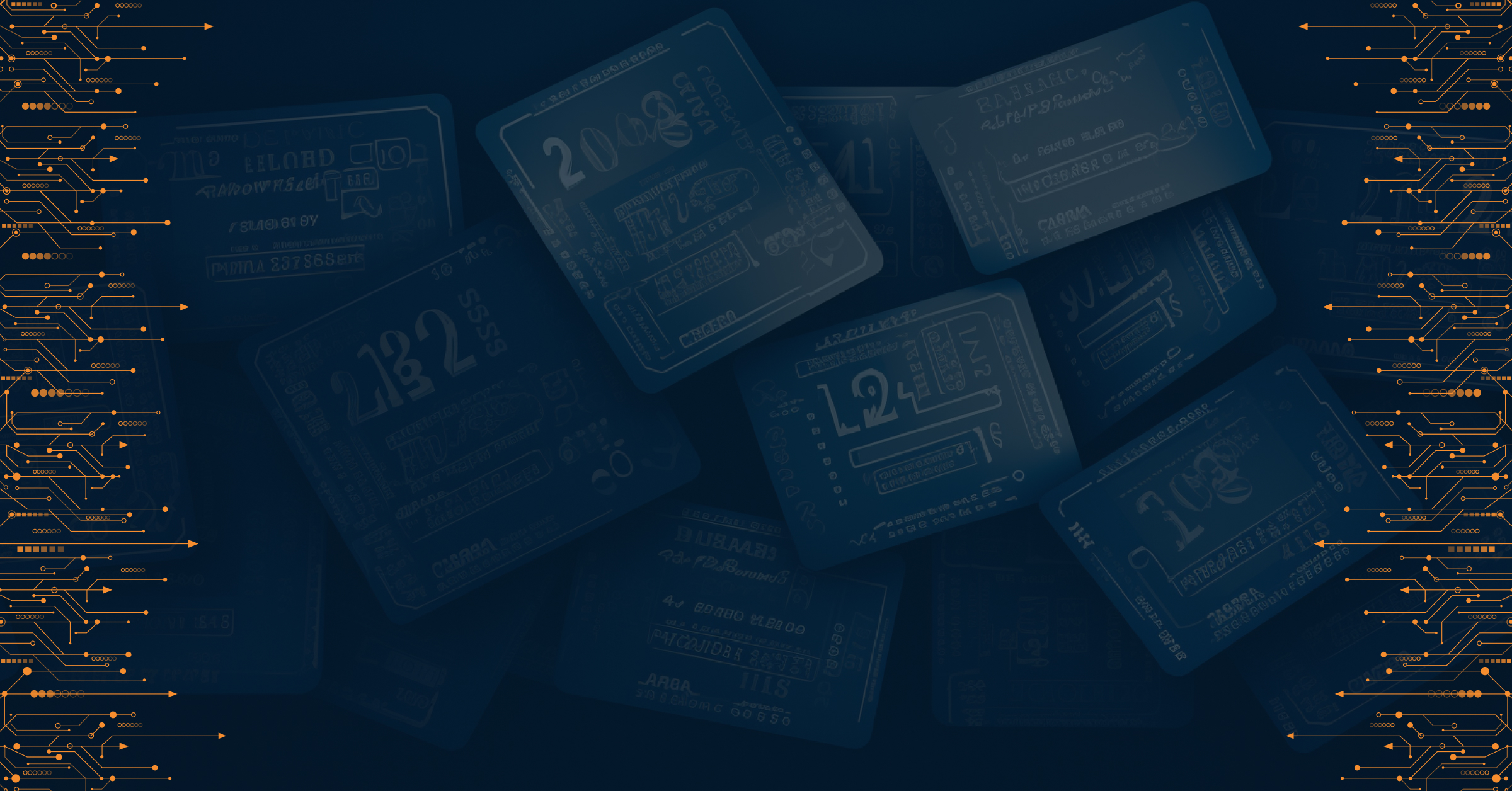
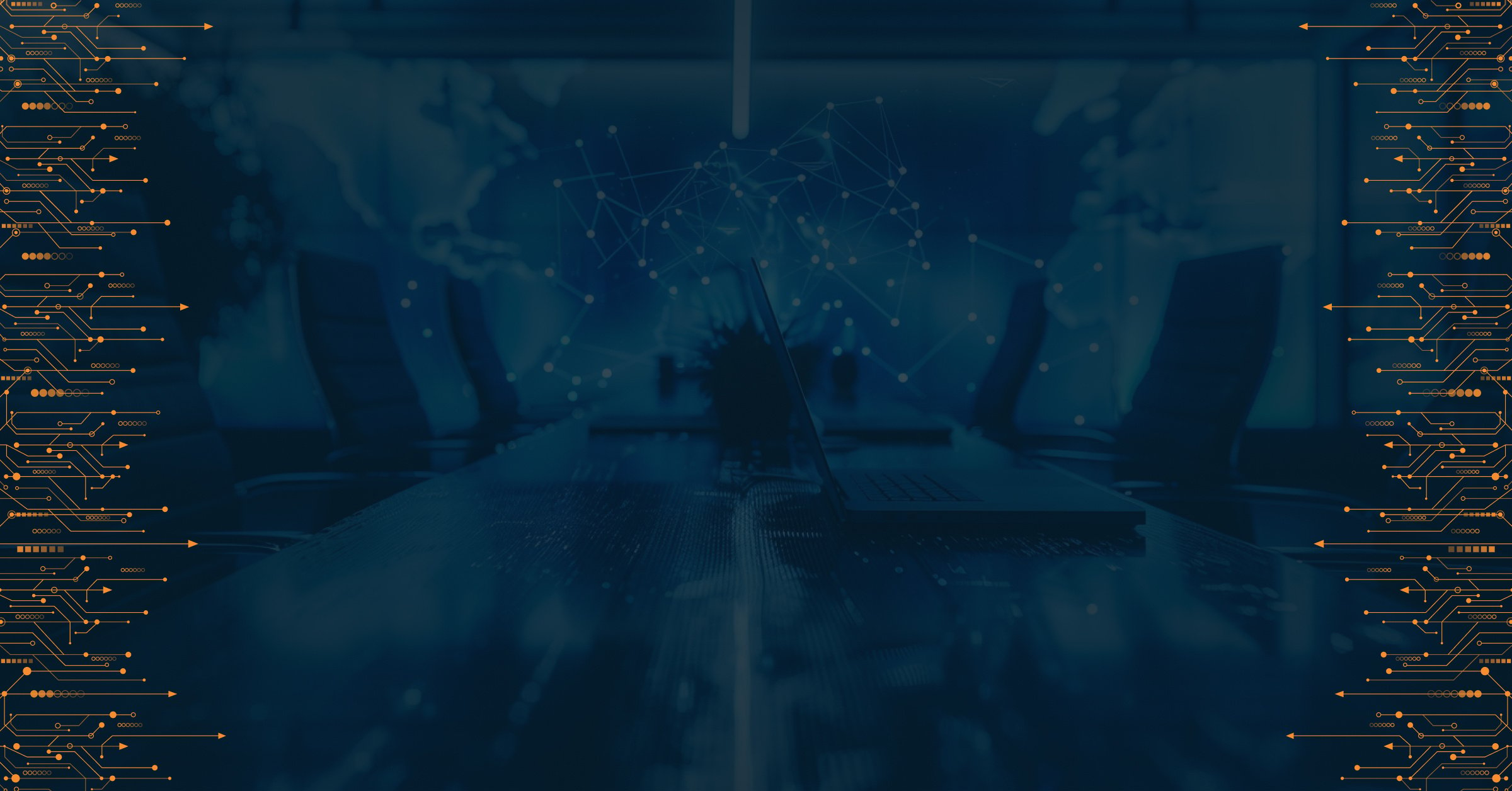
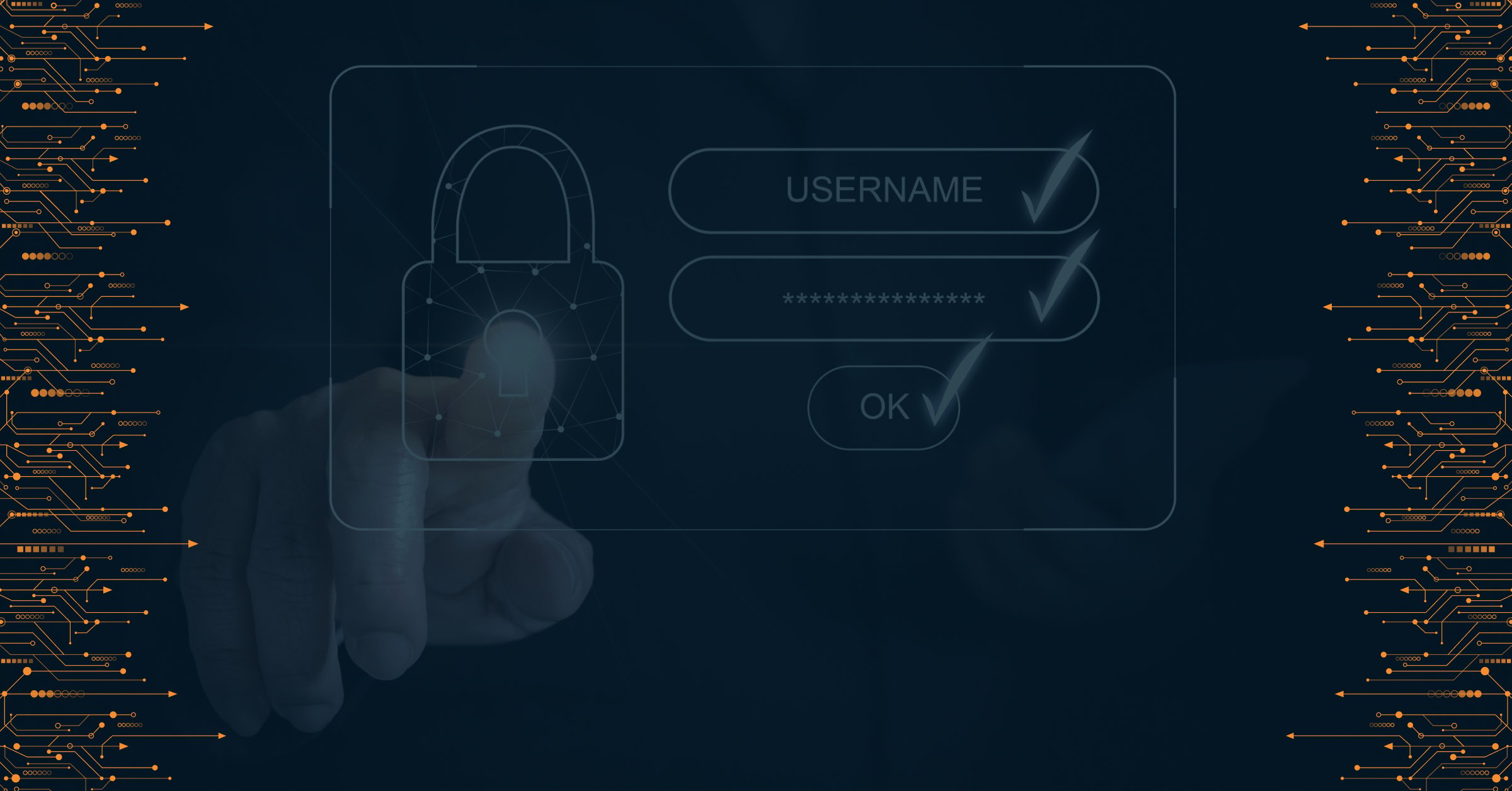
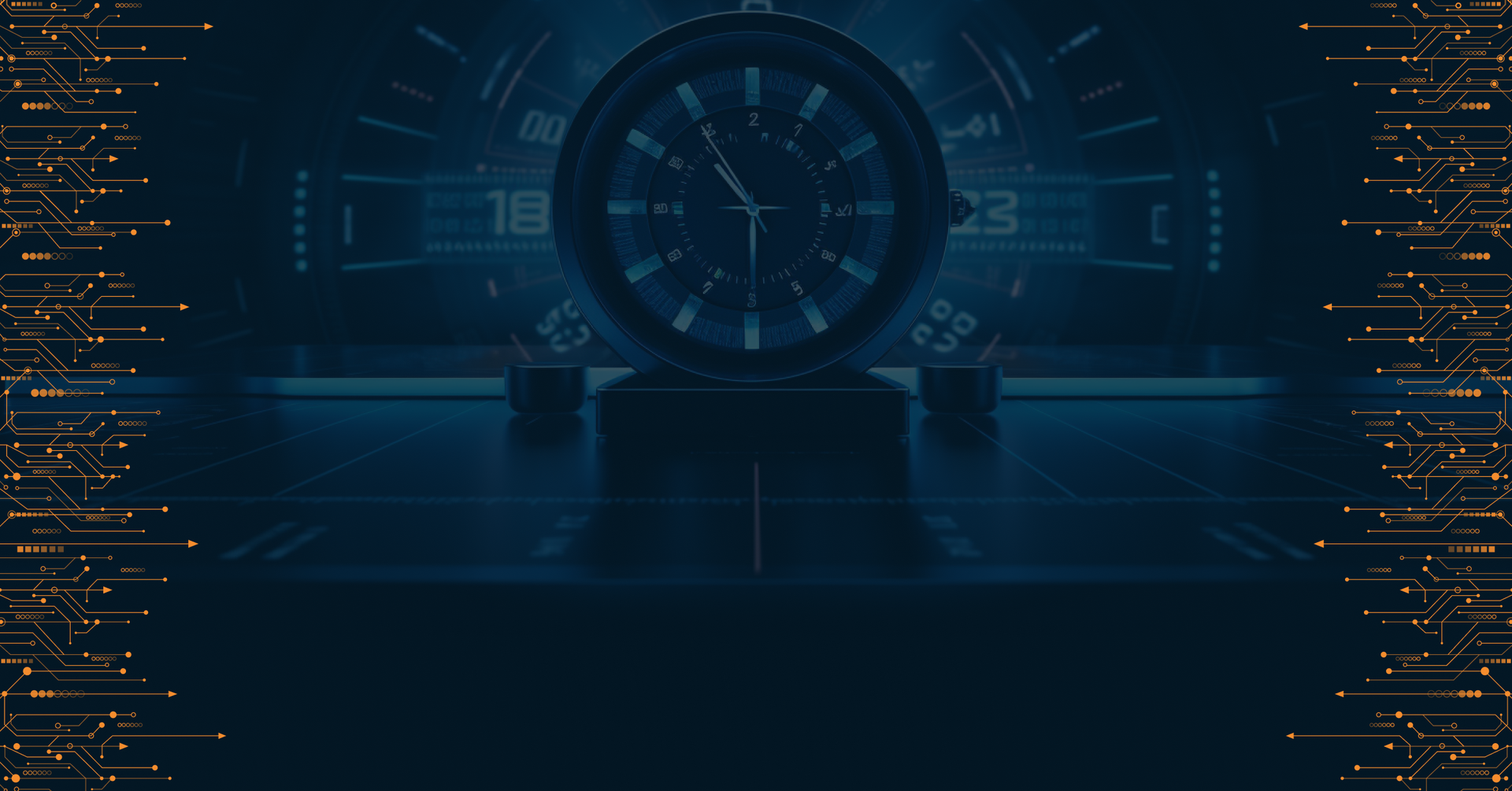

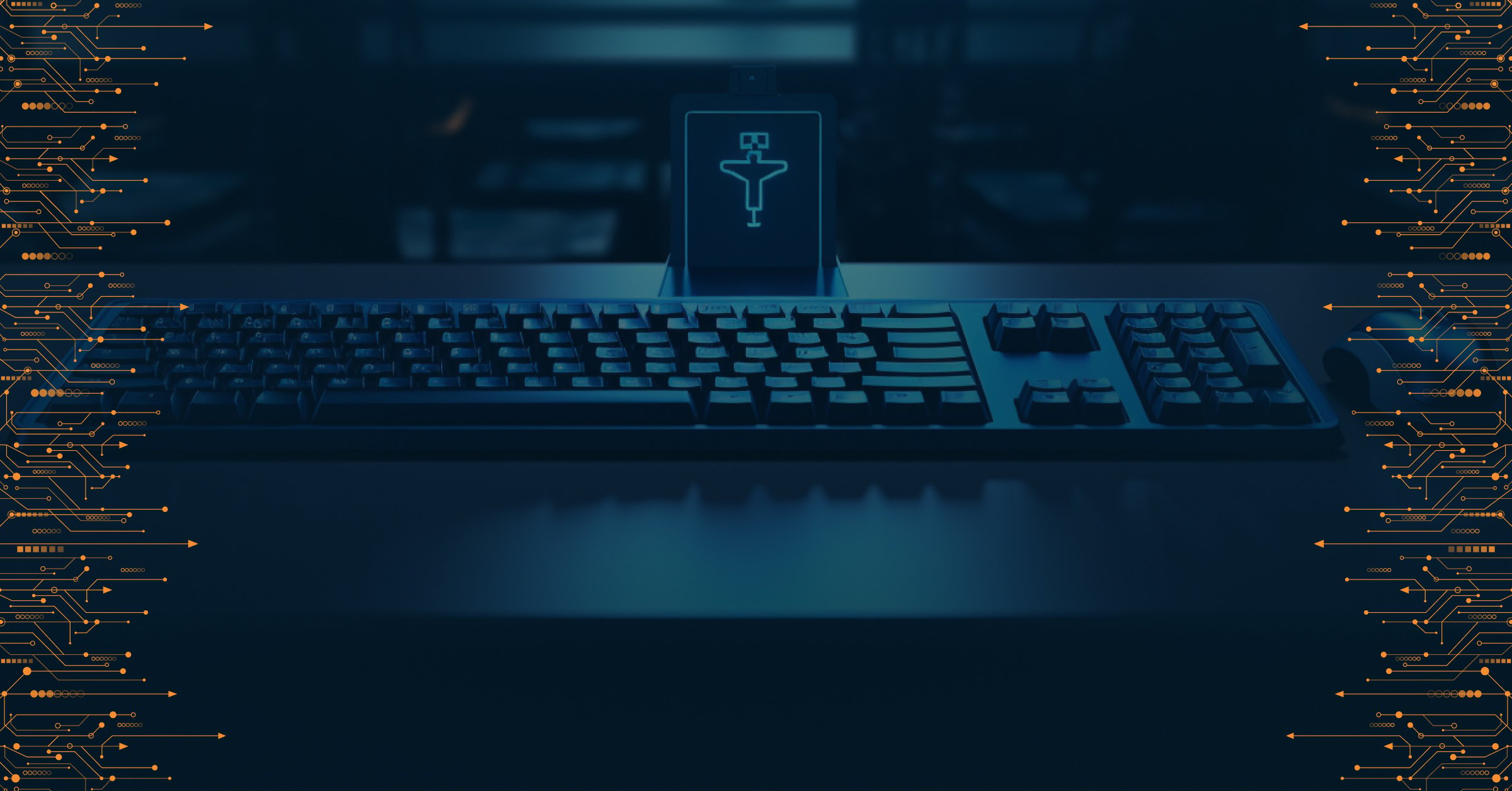
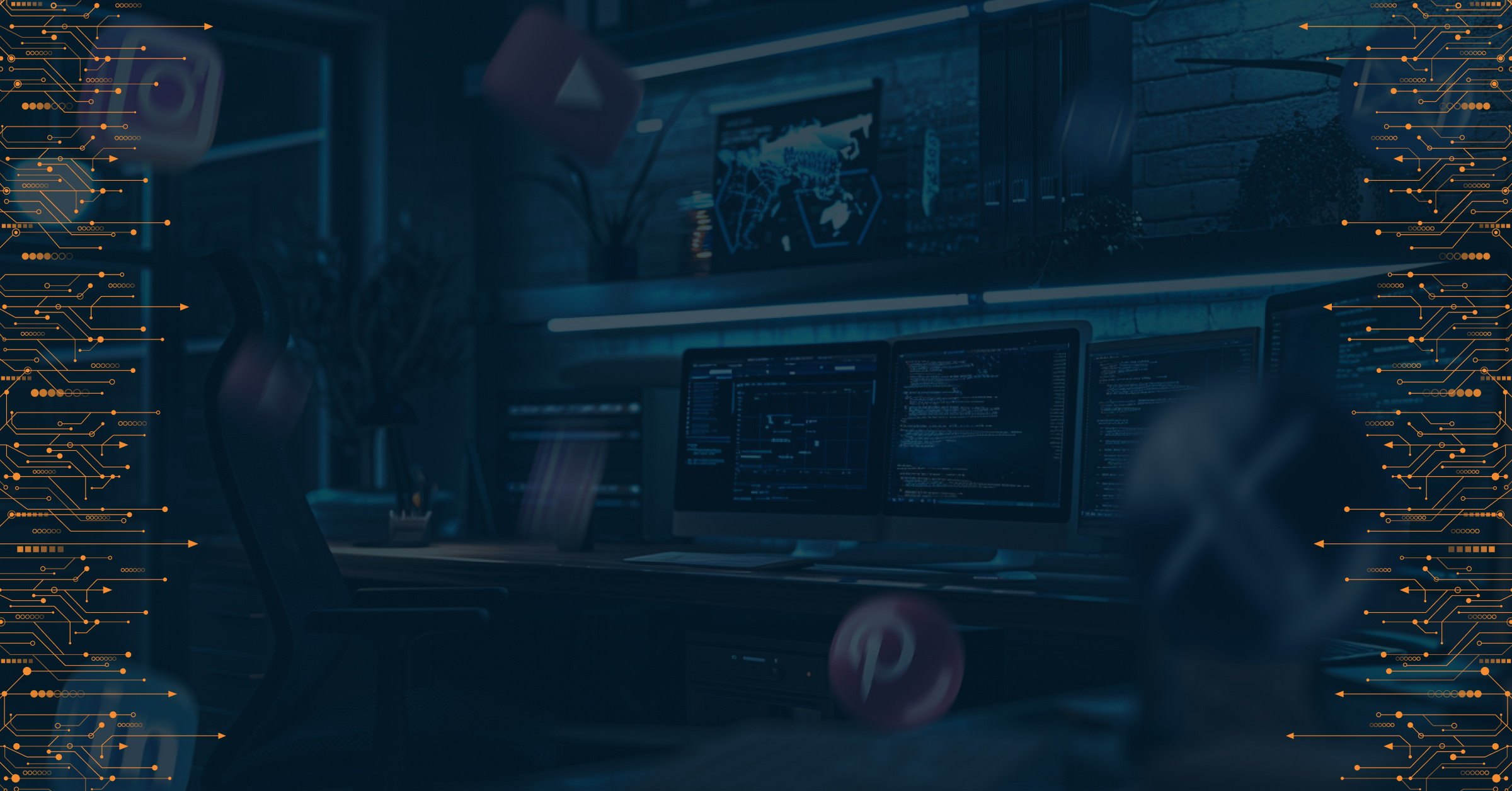

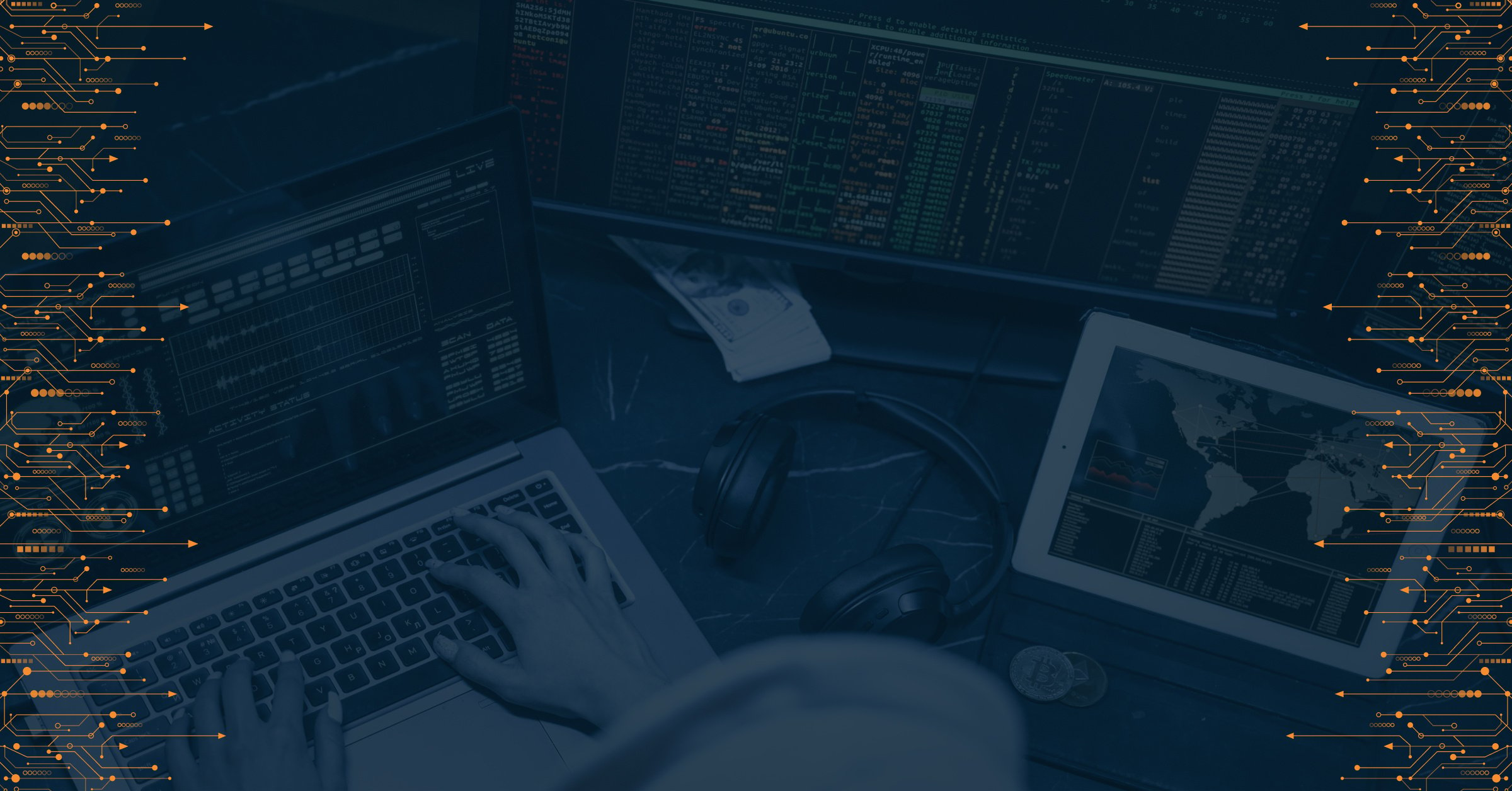
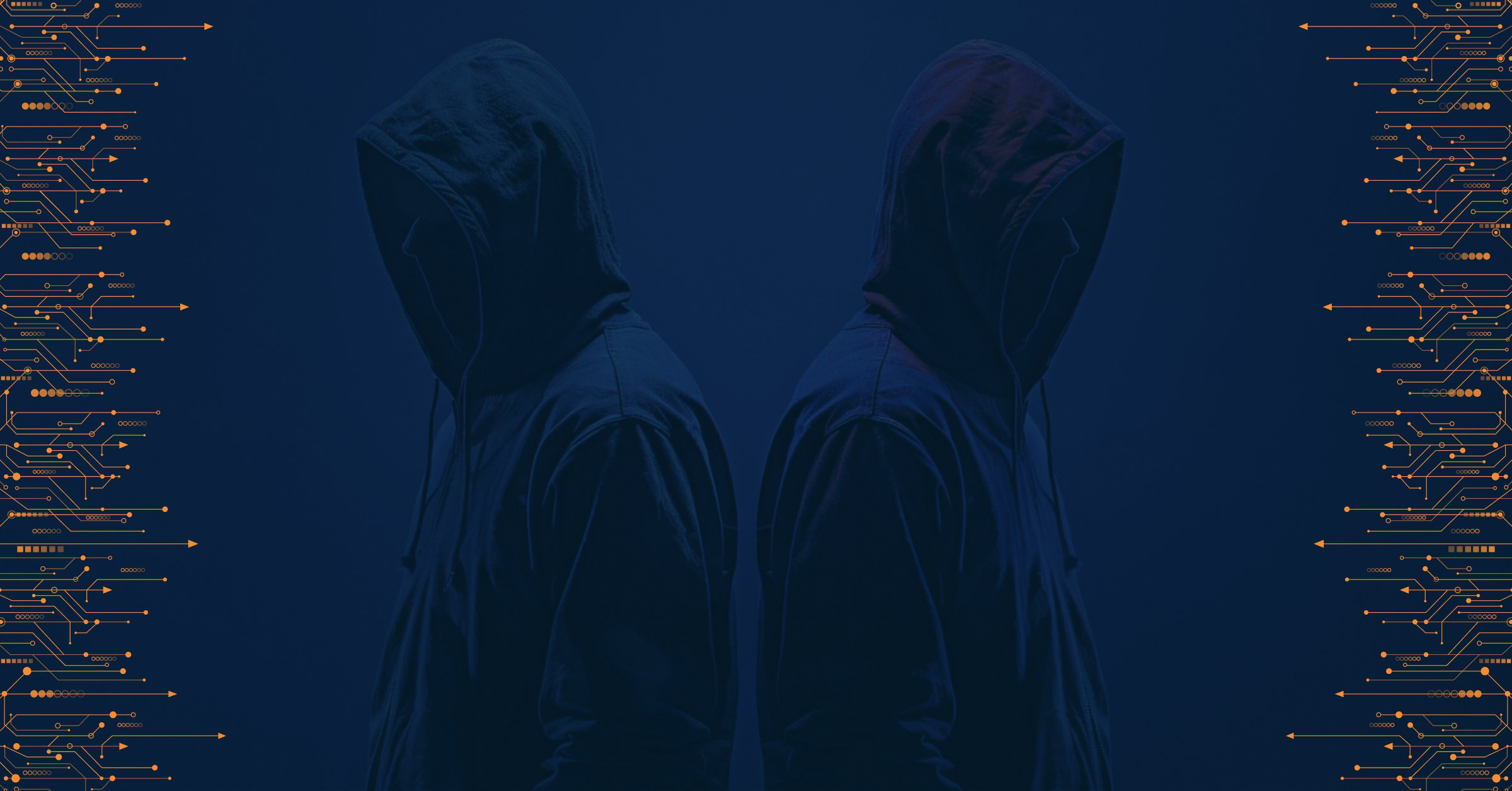

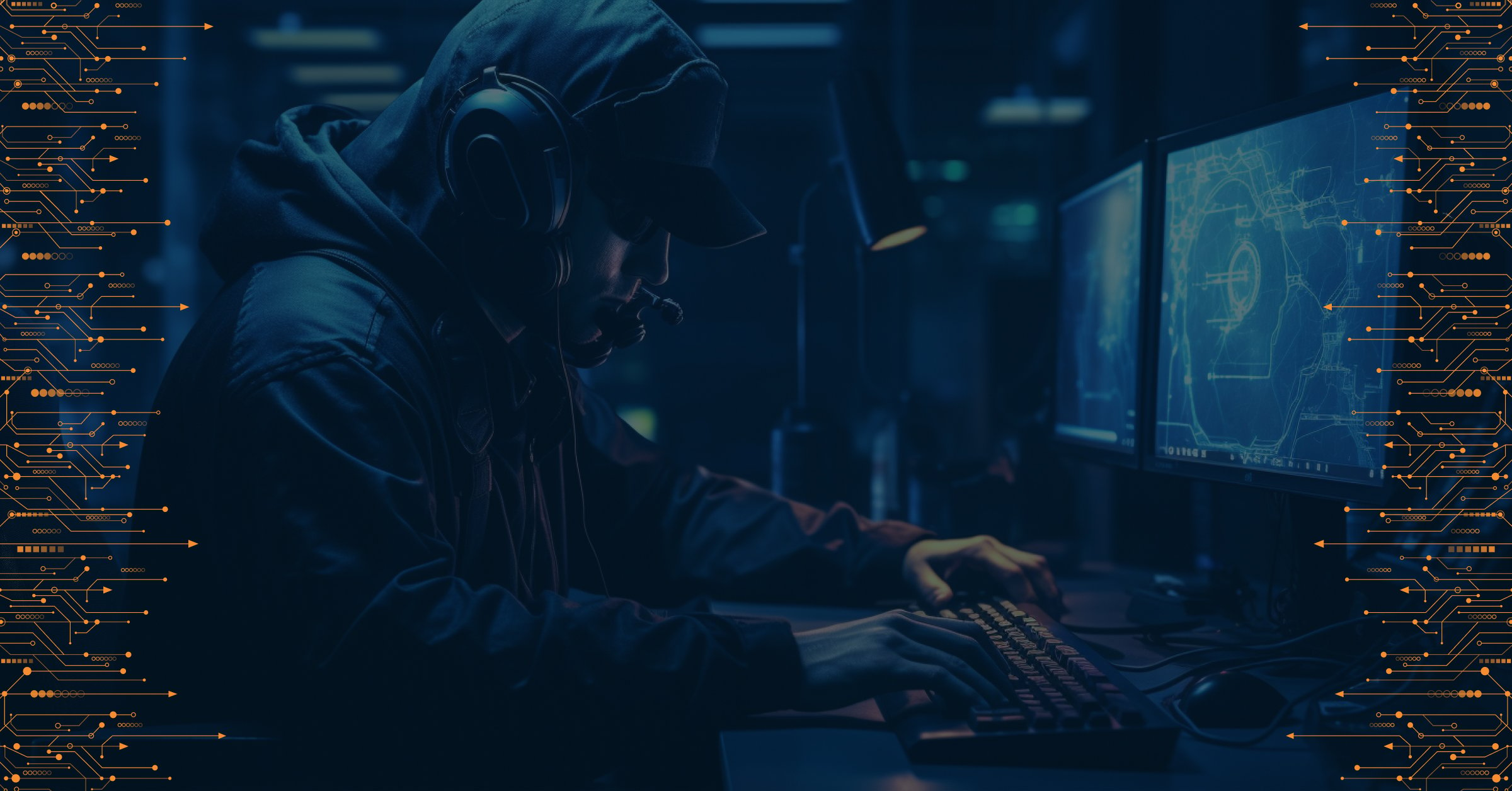
![What EU Businesses Need to Know to Ensure Efficient Compliance with The NIS2 Directive? [Part 1]](https://resources.prodaft.com/hubfs/Europian%201.jpg)
